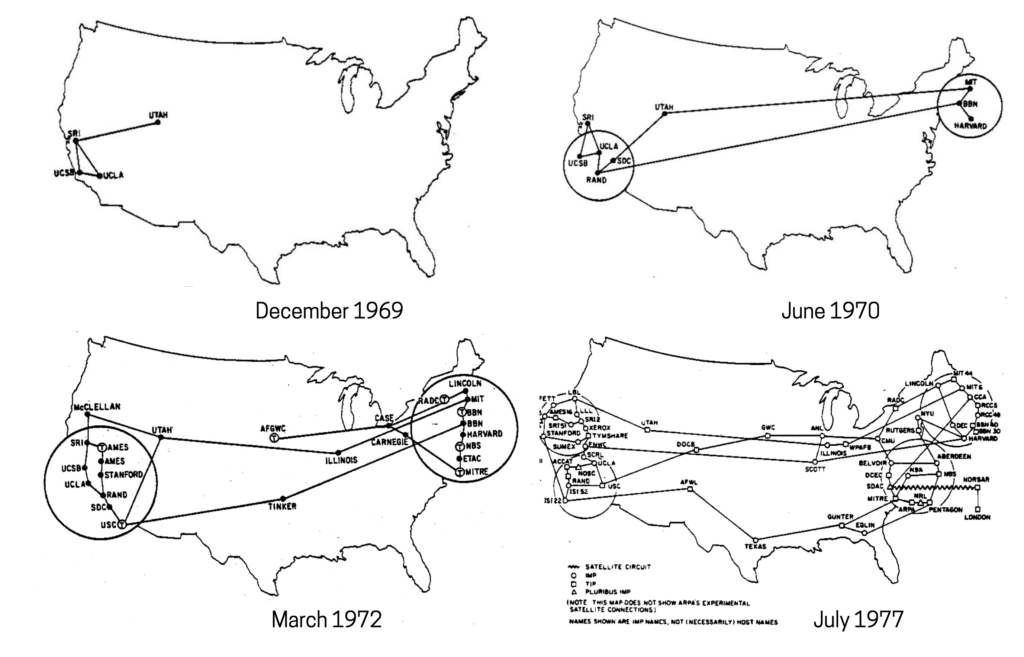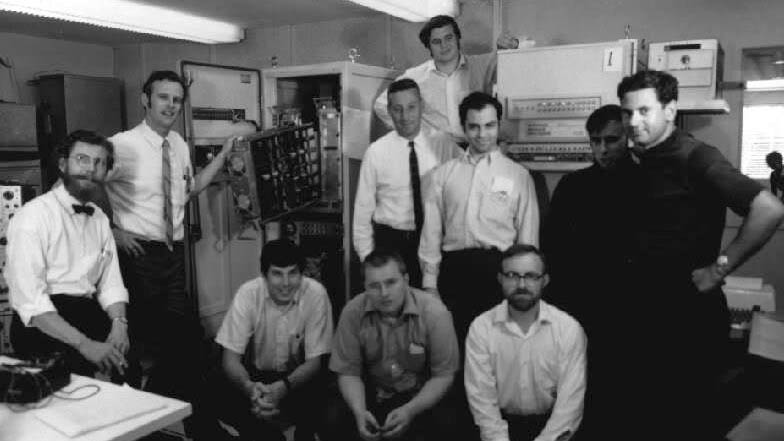What the Electric Grid’s Future and the Internet’s Past Have in Common

In the mid-1960s, a new method for effectively transmitting electronic data over a computer network was born, and with it came one of the quintessential building blocks of what would become the modern internet.
In simple terms, “packet switching” is a routing method whereby data transmitted across a network takes different routes along the network to arrive at its destination. Packet switching allowed for computer networks to become decentralized, ultimately giving rise to the internet and the global connectivity it provides today.
Just as packet switching would help computer networking explode into the future, so too will a similar decentralization usher the electric grid from what it was for the previous century to a more efficient interaction that connects consumers in a cleaner and more collectively beneficial way.
Like most revolutionary ideas, packet switching was not embraced by the established community of experts that presided over the nascent field of computer networking in 1965. That changed, however, when the Advanced Research Projects Agency Network (ARPANET) embraced packet switching as a means to allow multiple computers to communicate on a single network.

Originally funded by the US Department of Defense and widely considered among historians as the first working prototype of the internet, ARPANET would adopt the internet protocol suite TCP/IP on New Year’s Day in 1983, and begin assembling the network that would become the modern internet.
Since its inception, the grid has grown and evolved to become a modern network on the cusp of transitioning to a more efficient future. To get there, the electric grid may borrow a page from the information superhighway and follow a few key transformational lessons.
Consider how information travels on the internet in 2021.
On the internet, every user is a consumer, producer, and storer of information. Send an email from the Northeast US today, and it might route through Canada on its way to a final destination. Send an email to the same person tomorrow, and it might take an entirely different path through a server in New York.
In essence, this is packet switching on steroids.
The pathways that allow for information to travel on the internet are omnidirectional, which has allowed that network to rapidly grow over the last two decades to serve billions of users worldwide.
That was not always the case if you consider how, prior to packet switching, the original computer networks were constructed as a network dominated by central mainframe servers that pushed information and data to users connected at terminal locations.
The electric grid has a similar history to the internet’s in that the grid’s network was centralized from the outset, with large generation sources (power plants) essentially pushing electricity to consumers via transmission and distribution.
The centralized grid conceived by the likes of Thomas Edison and erected by moguls like George Westinghouse served its users well for the better part of the century.

Like the internet, however, the electric grid has evolved to embrace decentralization as it transitions to an omnidirectional network in which generation and distribution are spurred by the very users for whom the grid exists to serve.
Today, for example, the electricity you use to charge, say, your mobile phone may come from the bulk grid. Tomorrow it could come from another consumer on your distribution grid who is not using their own excess generation.
As grid operators and utilities adopt new technologies to enhance their flexibility and optimize the delivery of electricity, the grid will start to follow a similar path the internet embraced in its evolution to the modern wonder it is today. The result will be an energy system whose connectivity drives its efficiency and sustainability for decades to come.
It’s an exciting time for the grid and its users, rife with possibility and opportunity.


